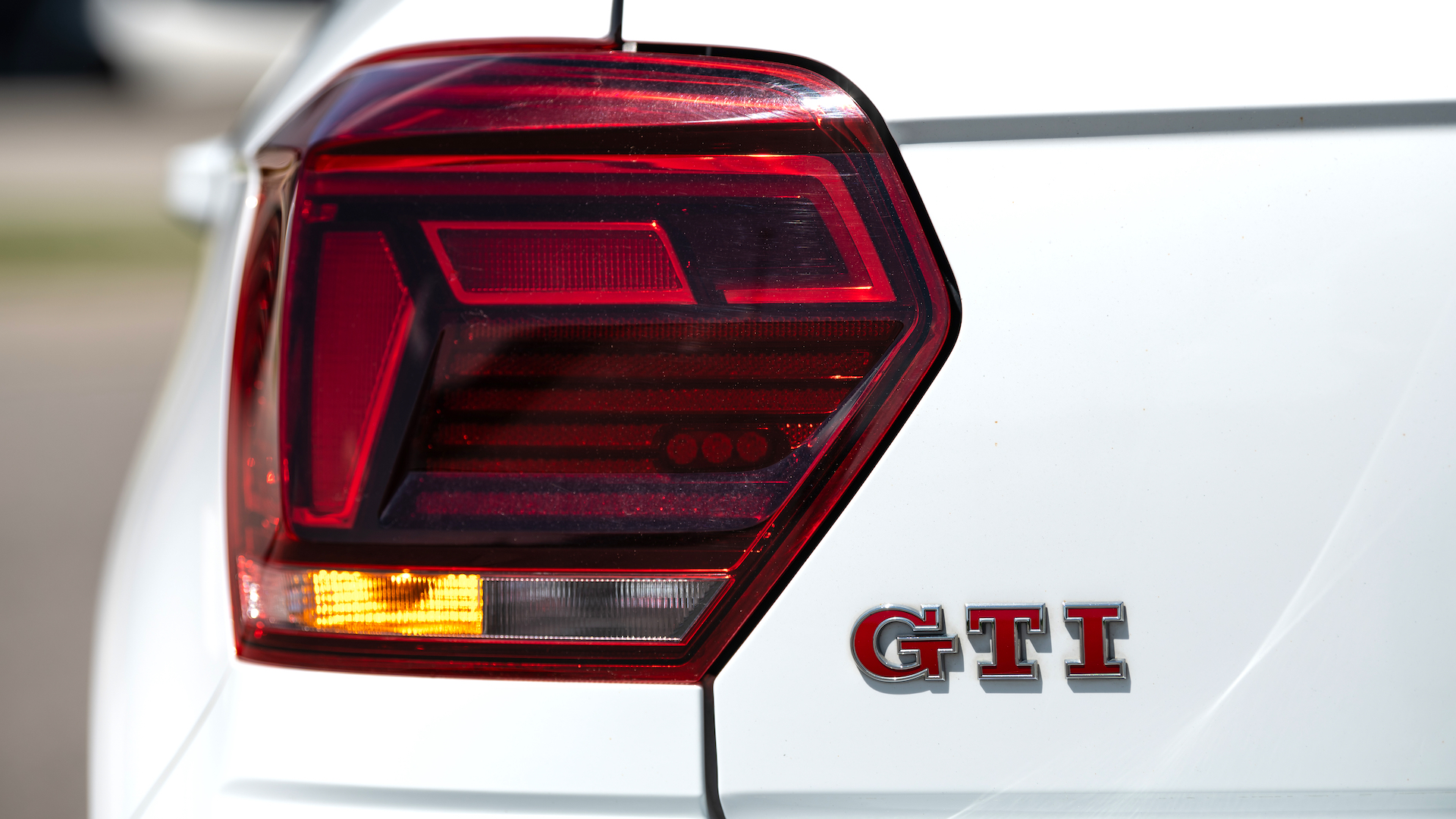

The United States and Canada might be the only countries in the world that don’t require car companies to use amber lights for rear turn signals. There’s no good reason for it, other than that the federal government hasn’t decided that the status quo needs to change. This indifference means there’s little consistency across the various makes and models that comprise our automotive market, even within brands. The phenomenon has been quantified in a Medium post by Jack Tigras, who compiled a near-complete list of turn signal colors for current mass-market vehicles.
Tigras’ data covers 249 models from 2023, and excludes small manufacturers such as McLaren and Ferrari. While there are as many automakers that exclusively use amber rear signals as automakers that don’t at all, most have made a habit of keeping both around, nameplate and trim dependent. Volkswagen moved to swap the latest-generation Jetta’s amber lights for red ones for the sedan’s facelift almost three years ago, Tigras points out, while Ford decided to make amber signals a visual differentiator for higher-end F-150 builds. Base pickups get flashing red lights, whereas premium builds like the Platinum receive amber—in LED form, no less.

Ultimately, 121 of the 249 models in the list featured different color rear signals, working out to about 48 percent of new cars last year. But this isn’t merely a matter of aesthetic significance. NHTSA data has suggested that amber turn signals reduce crash rates by more than five percent in some driving scenarios. These mainly include situations where only some of a vehicle’s taillights are visible, such as during turns, lane changes, or exiting parking spaces. Amber also clarifies intent when a brake light fails, hazard lights are on, or if a driver is pulsing their brakes. Red signals, meanwhile, introduce an element of ambiguity, and that uncertainty is statistically shown to increase the likelihood of a crash.
So if red signals are clearly inferior, why are they used at all? One of the reasons speculated is due to expense, as fewer light colors could theoretically save car companies money. That said, some models that use red in the U.S. have amber signals elsewhere and complexity in production adds costs, so that doesn’t add up. It’s possible that automotive brands simply prefer the look of red turn signals for uniformity, even if they don’t serve their intended purpose as well. And as long as lawmakers leave things as they are, turn signals on this side of the pond will remain a regulatory free-for-all.
Got a tip or question for the author? You can reach them here: james@thedrive.com